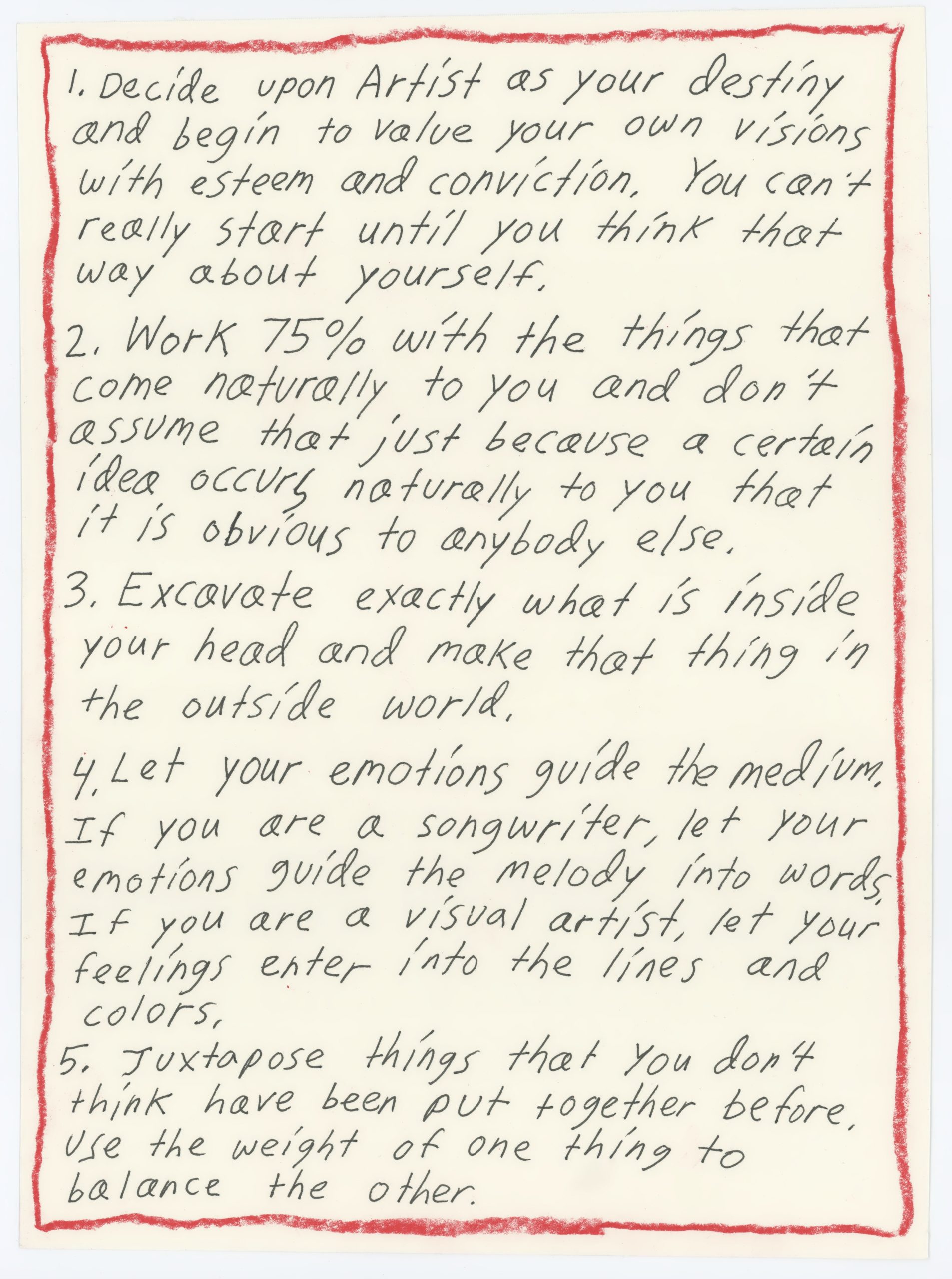ADAM GREEN’S FRAGRANCE ADVENTURE
In this epic indie rock fragrance adventure, Adam explains the messages perfumers are trying to communicate, and the symbolic meaning behind aromatic materials. We travel through fields, forests, mountains, airports, markets, seas, and deserts smelling the smells and unlocking the mystery of the art of perfumery. Print it out or read on your tablet. This is a call to go on your own fragrance adventure with this book as your guide – in your own town, go to department stores, pharmacies, flea markets, and other places with tester bottles and free samples. Get lost in a wonderous world of scent with this FREE PDF!
CLICK HERE TO READ ADAM GREENS’ FRAGRANCE ADVENTURE
—
CONSTELLATIONS OF THE ART MECHANISM
In this ambitious essay, Adam articulates the way that artworks function from their interior – Discussing various productions spanning paintings, songs, movies, sculptures, poems, and perfumes – he attempts to outline nine essential gears that form the mechanism by which all artworks function: (Symbol, Noise, Void, Hybridity, Mindwheel, Gridding, Hypnotic magic, World Making, and Resolution). Adam hopes you enjoy this thought provoking essay, and that you will share it with friends and engage in the discussion with others about what artworks are and how they work on the inside.
CLICK HERE TO READ CONSTELLATIONS OF THE ART MECHANISM
—
In this illustrated epic poem book, you’ll enter into the carnival dimension of Green’s cosmos. Get ready to encounter a claustrophobic landscape of avatars and holograms as you wander through this hallucinatory history of carnival. Intersect with the excitable reptile brain of humanity, among the rides and amusements — with adventures such as making love to an anthropomorphic storefront, submitting to a bureaucratic nightmare of a vending machine, and being reincarnated through an esoteric ritual
CLICK HERE TO READ CARNIVAL MACHINE
—
‘War and Paradise’ is Adam Green’s first graphic novel —
—
THE LAKE ROOM
The Lake Room was Adam’s online diary from December 1st 2008- August 19th 2010. It originally began as an assignment for Die Zeit, a German newspaper, which asked Adam to chronicle his daily life leading up to the new year, unaware that he was a depressed drug addict.
What it ultimately became was an uncensored look into the lives of some of New York City’s most recognizable and notorious characters: from musicians and actors to It-Girl Lolitas, with Adam as a decadent tour guide. Characterized by its Lo-Fi, handwritten style The Lake Room was more personal in content and style than any blog before it.
A startling display of exhibitionism, The Lake Room drew an audience that both desired and feared the voyeuristic look into Adam’s nihilistic worldview.
What could be characterized as a ” bleak and dark period” in Adam’s life, ultimately proved to be the springboard for his pursuits in film and visual art.
CLICK HERE TO READ THE LAKE ROOM
—
ADAM GREEN MAGAZINE
Adam made 4 poetry zines between 2001 and 2004. Deeply symbolic and sometimes impenetrable, these four long-poems were the birthplace of his symbolic vocabulary. Casting himself in these poems as both a visionary and a romantic, he explored the dark-side of his sexuality as well as vulnerable memories. Though partly confessional, the zines were also a reflection of the political and social climate in NYC at the turn of the century. Despite the post-modern aspect, this body of work exhibits a reverence of traditional verse poetry and bridges uncommonly diverse vocabularies. Certain sections found Green devoted exclusively to lists of one-liners. In fact, some parts of Adam Green Magazine could now be said to read like a long list of “tweets.”
In 2005, the German publishing house Suhrkamp Verlag translated the texts and published a bilingual edition of “Adam Green Magazine” which was inclusive of all 4 issues (purchase HERE). It sold over 10,000 copies and was perhaps the most controversial and polarizing poetry book published in Europe that year.
Of the book Green stated, “I want to write “On The Road” for my generation, it’s called “Stay At Home.”
CLICK HERE TO READ THE ORIGINAL ZINES
—
MAGNET MAGAZINE
Adam was asked to be the guest editor for Magnet Magazine’s March 2010 issue. He wrote eleven enthusiastic blurbs lampooning a variety of subjects.
CLICK HERE TO READ THE MAGNET BLURBS
—
THE COURT JESTER (unfinished)
The Court Jester is an unfinished work of fiction that Adam began writing in 2007. Set in a Medieval-Fantasy world, this stream-of-consciousness novel attempted to tell the story of an “Iggy Pop-like” Court Jester who was both seduced and held captive by a radiant Princess. The landscape was also populated by various mythical creatures, a rebel army and an island of prostitutes. Desiring to express this vast but discordant inner-world, Green prematurely submitted the manuscript to his publisher Suhrkamp Verlag and it was rejected. Although scrapping the novel entirely, Green resurrected much of the dialogue in his film “The Wrong Ferarri”





